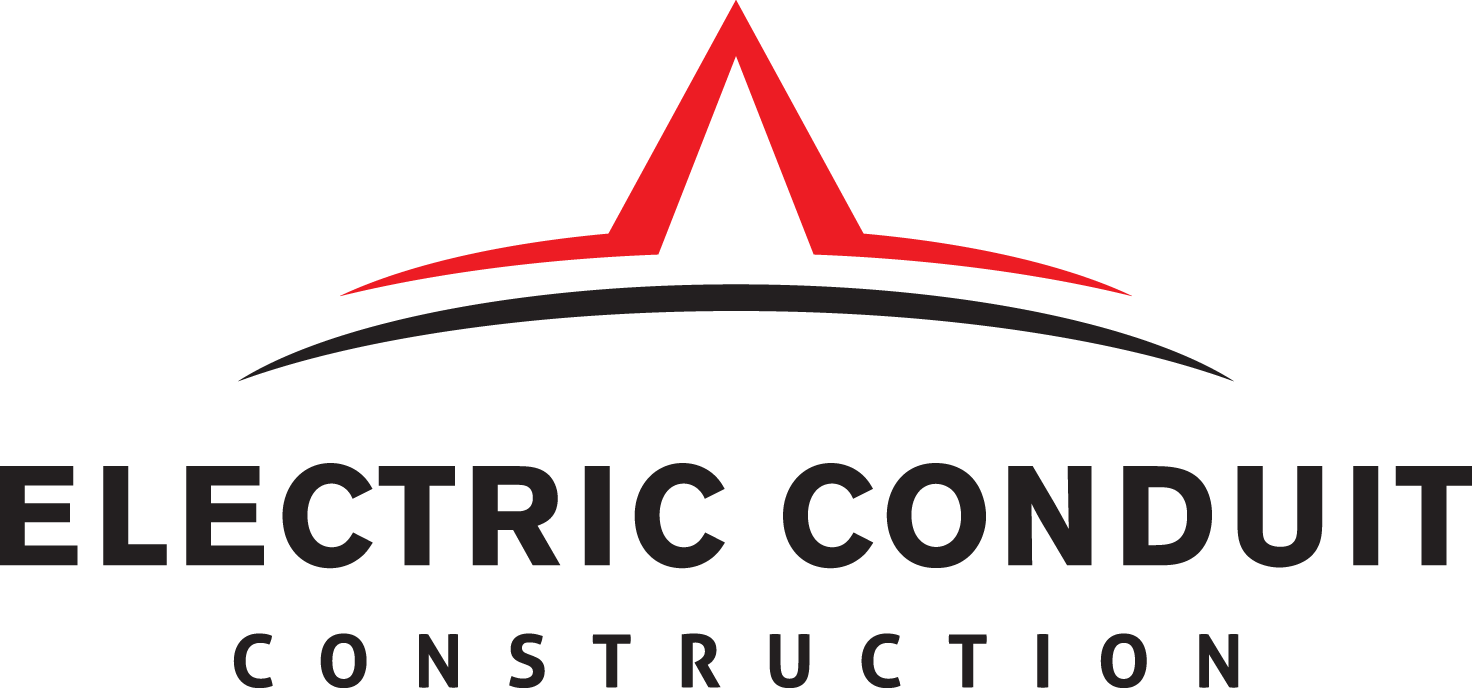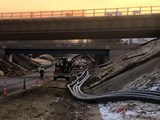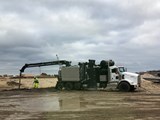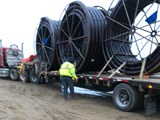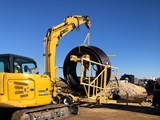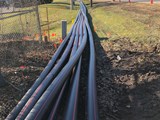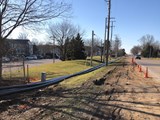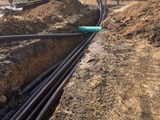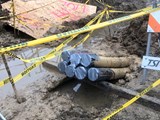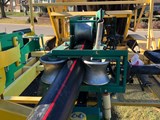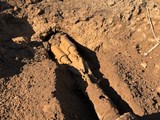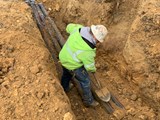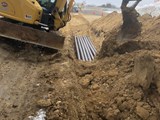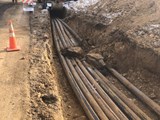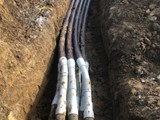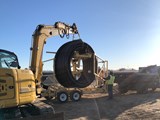Cost Reduction or Cost Addition?
Utility infrastructure construction is repetitive work. Millions of miles of conduit, fiber optic cable and power lines have been placed underground by directional drill, or open cut trenching. These jobs may be a thousand feet or hundreds of miles in length. To our customers each job is an important capital outlay, or maintenance project. Cost containment is especially important to them.
At Electric Conduit Construction (ECC) we look at each job as an opportunity to not only deliver high quality work and meet the customer’s schedule, but as an opportunity to find ways to save cost and time.
A recent project involving a drilled segment and open cut segment is a good example of how more cost savings could be achieved with closer coordination with the customer’s procurement and project management and their contractor.
This project’s scope of work (SOW) called for:
Total Length 1,650’
HDD 4 shots, approx. 400’ each
Conduits 7 – 6” HDPE power, fiber, and spares
Depth (DTOP) 60”
Final scope 400’ Hdd, 1250’ of open cut
Click on any image to enlarge and run slide show
ECC always inspects the job, reviews prints and specifications, before bidding and, in the case of an award, before the start of the job. In this job the first drill shot was completed and then a shelf of rock at 30” was encountered. This feature was not revealed in the geotechnical report. ECC project managers and the drill superintendent formulated a plan that involved open cutting the remaining 1,250’ by using hydraulic rock breakers and moving the DTOP from 60” to 36”. ECC called a meeting with the customer, the customer’s engineering firm, to seek approval.
All parties agreed to the change. This only took two days and ECC removed the drill rig and replaced it with a 300 series track hoes and breaker equipment. The job was completed on schedule but not without additional cost being incurred.
This project included handholes with seven, six-inch conduits stubbed out to be spliced into the 400-foot shots. Our customer’s procurement department broke the project into separate parts and bid it out accordingly. This meant that the handholes and stubbed conduit work was performed by others. When the contractor stubbed out the conduit, all 7 6-inch pipes were facing the wrong way. This required excavation, removal and repositioning all conduits in all handholes. This added cost to the project. From the standpoint of constructability, it is often better to let one contractor complete a project. This avoids simple mistakes like the above example. Breaking the project into small pieces requires communication between all contractors and project management teams as each are doing their parts. Given the speed of construction and the difficulty of multiple, independent contractors working on separate time schedules, this invites problems and increased costs.
Once the conduit alignment problem was solved, the inner duct was placed, fiber and distribution lines were pulled through, and the project was completed with no safety issues. ECC will always look for ways to execute and complete the project in a way that is best for our customers.
If you have a project and are interested in collaborating with a company that offers safety, innovation and productivity call Electric Conduit Construction and consult with one of our Project Managers.
